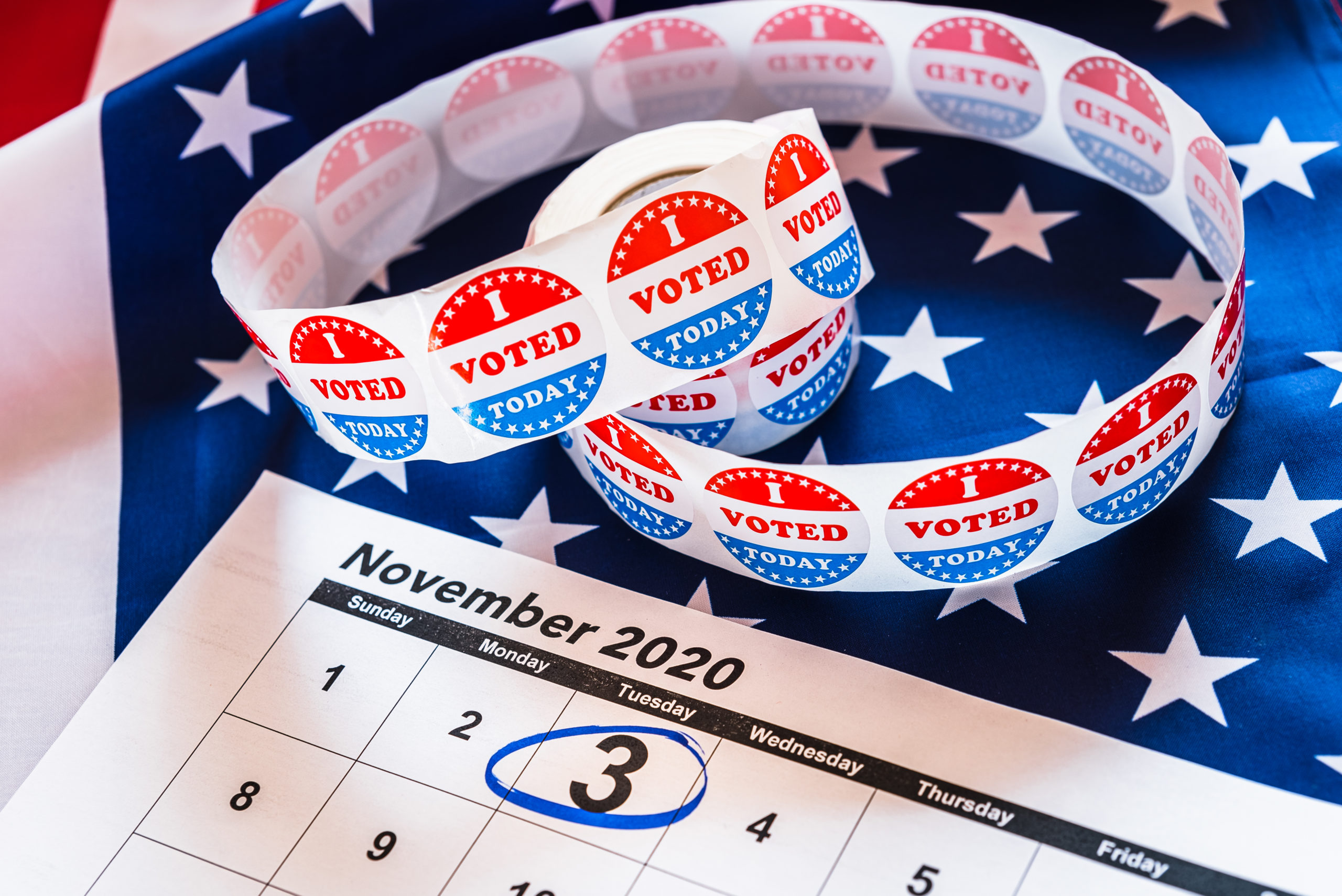Election Polls: Why You Need to Know What Margin of Error Is Right Now
Why You Must Understand Margin of Error Before Reading Election Polls
The term ‘margin of error’ is a common term when it comes to market research. However, this lexicon is always mentioned more in mainstream media around an election. With less than two weeks to go until the United States Presidential Election, ‘margin of error’ is no longer jargon but a common-use term that comes up in the press every day.
What is a Margin of Error?
The margin of error is the accepted standard within the market research industry for data reliability. It lets us know with a certain level of confidence that if the same research methodology was completed again the results would be within the same ‘margin’.
This is an overly simplified explanation of the term. The margin coincides with a statistically significant confidence level. The confidence level is usually tested at 90%, 95%, or 99%. For example, if the margin of error is +/- 2% and the confidence level is 95% – if the same survey was completed again among a random sample, 95 times out of 100, the results would be within two percentage points.
What Does This Have to Do With the Election?
Many times you see, headlines such as Biden leads a state by 2%. However, the margin error is 3%. In these instances, it means that Biden is not winning but tied with Trump.
It is something to keep an eye on in the polls as the election approaches. The number of eligible voters starts to decrease (because there are so many polls happening in the days running up to the election and only a certain number of voters taking polls). This causes the sample sizes to become limited, and margins of errors start to rise. You need to keep an eye out for these in the last few weeks before the election to ensure that the polls are telling the whole story.
Is the Margin of Error the Only Error that We Need to Account for?
The margin of error can be misleading. It assumes that we have accounted for all errors. If survey results state that 25% of the population is going to vote for a particular candidate with a +/-2% margin of error, then we can safely say that anywhere between 23% and 27% of people will vote that way.
That is not the case. The margin of error allows us to understand the sampling error. However, other non-sampling errors can occur in market research, and it is essential to keep your eye out for them in polls:
- The way a question is asked can result in errors (e.g. leading questions, incomplete list of choices to choose from, double-barreled).
- Many questions ask about intent rather than attitudes or past behavior. That requires a further interpretation that can leader to errors (e.g. voting models).
- Bad respondents (people taking a survey too quickly and not reading the questions, doing ‘straight-line’ or ‘pattern’ responses). The research company often cleans these, but when research is done very quickly, they do not have time to remove all bad participants.
- Weighting survey sampling to match the population may be off (In the 2016 election, education was not weighted and caused the polls to be off)
The margin of error is critical to look out for but not the be-all and end-all of research errors. It is essential to analyze the methodology and ensure that the number of errors are limited.
Read more about political polling here: The Accuracy of Political Polling
Read some of our recent case studies and blogs here to learn more about business and consumer research:
- The Pros and Cons of Online Survey Research
- The Power of Census Data
- COVID-19 and Conducting Market Research
To learn more about Provoke Insights – Check out SlideShare:
Provoke Insights Market Research & Brand Strategy Capabilities
IF YOU WANT TO, SIGN UP FOR OUR NEWSLETTERS HERE!
and finally, follow our social media accounts:
Twitter: https://twitter.com/provokeinsights
Facebook: https://www.facebook.com/provokeinsights/
LinkedIn: https://www.linkedin.com/company/provoke-insights












